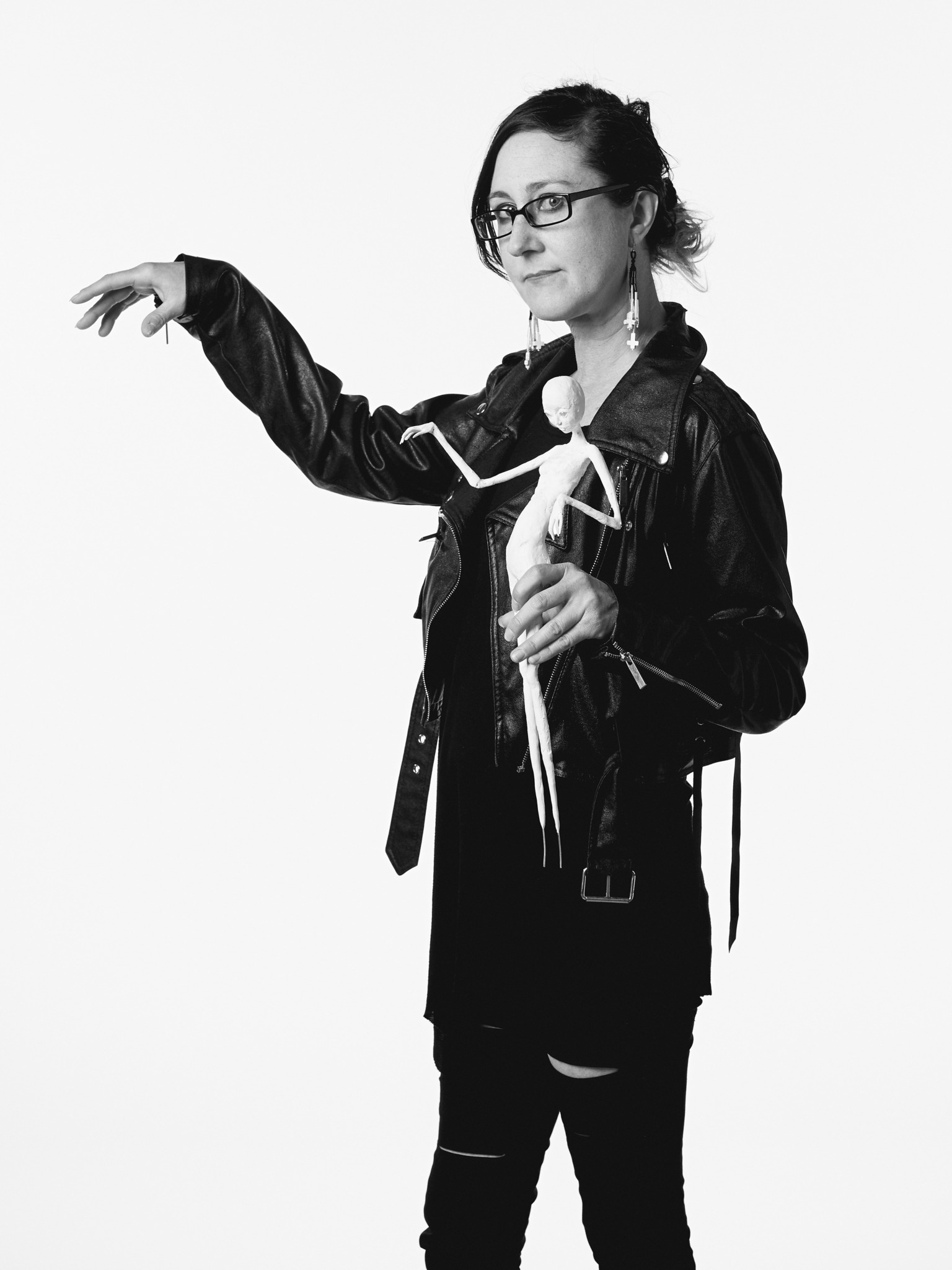We recently connected with Beth Robinson and have shared our conversation below.
Alright, Beth thanks for taking the time to share your stories and insights with us today. How did you learn to do what you do? Knowing what you know now, what could you have done to speed up your learning process? What skills do you think were most essential? What obstacles stood in the way of learning more?
I am a self-taught artist. I have always followed my creative curiosity with persistence and an unflinching desire to… fail forward. I have always learned by doing, by making mistakes, tearing pieces apart, and starting over. I began my creative practice by experimenting with different clays available at the local art supply store, which could be air-dried or fired in my home oven. Without the need for a kiln, the barrier of entry to sculpture was very low, and the ability to experiment passionately allowed me to be prolific.
Books and online resources helped at the time, but it was trial and error — and, most importantly, obsession — that shaped my practice. For me, there isn’t really a way to “speed up” the learning process. Even two decades later, I’m still learning, and honestly, that’s what keeps me moving forward. Experimentation and discovery are vital to my creative process.
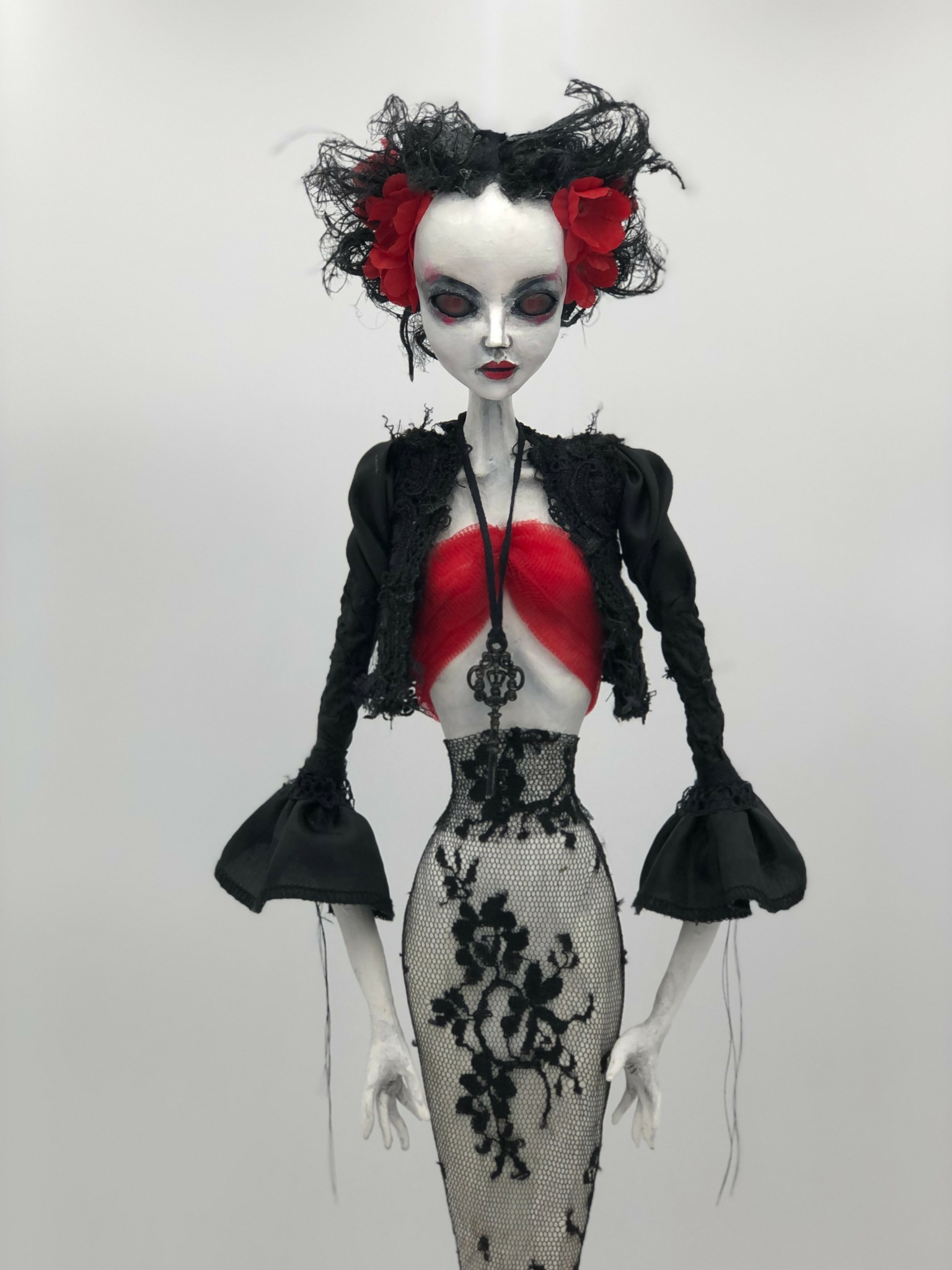
Great, appreciate you sharing that with us. Before we ask you to share more of your insights, can you take a moment to introduce yourself and how you got to where you are today to our readers.
My name is Beth Robinson; I am a sculptor and mixed-media artist best known for my “Strange Dolls.”
Strange Dolls began in 2003 out of a fascination with clay, fabric, and the doll form. Over time, I developed a body of work that blends sculpting, painting, sewing, and the incorporation of organic materials — bone, hair, dried flowers, snakeskin — into figures that sit in the space between beauty and the macabre.
My dolls aren’t toys or decorative objects; they’re expressive, symbolic works of art. Each one explores themes like identity, resilience, transformation, and the complexity of the female experience. They’re both vulnerable and powerful — I often think of them as mirrors and as weapons, reflecting the inner lives of those who connect with them.
What sets my work apart is its honesty. Every Strange Doll is handmade from start to finish, stitched, sculpted, and painted with obsessive attention to detail. The process is intuitive and personal — I don’t mass-produce or outsource, and I don’t shy away from uncomfortable themes. I want my work to invite people to sit with contradiction: beauty and decay, strength and fragility, intimacy and distance.
I’m most proud of the fact that my work resonates with people all over the world. My dolls are held in private collections across the U.S., Europe, and Asia, and they’ve been featured in exhibitions, publications, music videos, and film. But more than that, I’m proud that my art has built a community — collectors, fans, and fellow artists who see themselves in these figures and find meaning in them.
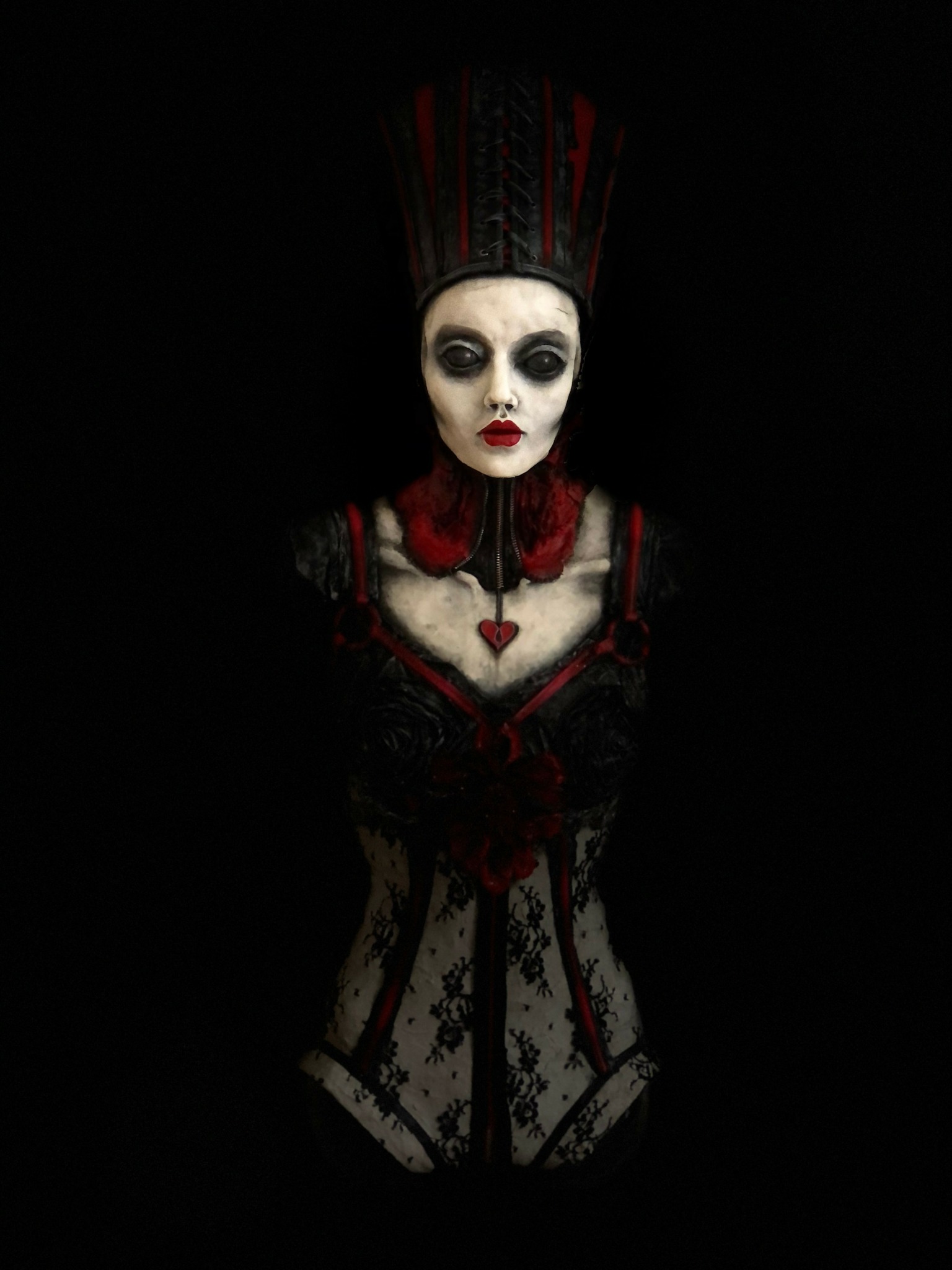
In your view, what can society to do to best support artists, creatives and a thriving creative ecosystem?
I think the best way to support artists is to value their work as essential, not optional. Too often, art is treated like a luxury, when in reality it shapes culture, heals communities, and helps people make sense of their lives.
Practically, that means funding — through grants, residencies, public art commissions, and education that makes art accessible. It also means creating affordable spaces for artists to live and work. Many talented people never get the chance to develop their voice simply because they can’t afford studio rent or materials.
On a community level, support means ‘showing up:’
–Go to local exhibitions.
–Share artists’ work on social media.
–Buy directly from them when you can.
–Respect that what an artist creates has value beyond a price tag.
Most importantly, we need to build ecosystems where artists aren’t isolated. Collaboration, mentorship, guilds, and collectives can make the difference between someone burning out and someone thriving. Artists need community just as much as resources.
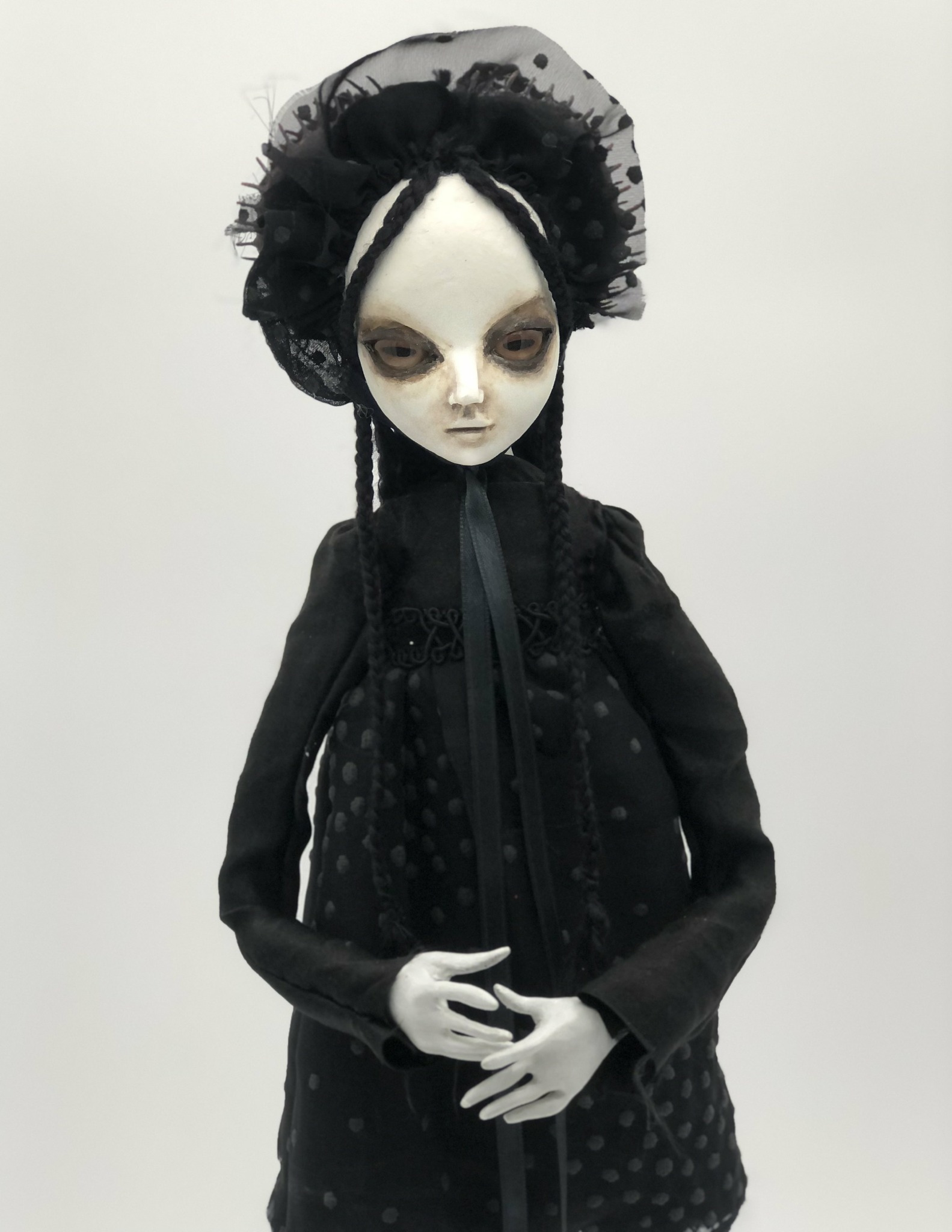
What do you think is the goal or mission that drives your creative journey?
My creative journey has always been driven by a desire to explore the complexity of being human, to take that messy, chaotic noise out of my head and put it into a tangible figure that can be reflected upon and interacted with in order to make sense of the world.
At the heart of my mission is the idea of turning what feels broken or hidden into something seen and valued. I want my work to hold contradictions — beauty and decay, fragility and strength — because those tensions are what make us real.
I also see my work as a way to build connections. Whether someone collects a doll, sees it in a gallery, or encounters it online, my hope is that it sparks recognition — that moment when a viewer feels truly seen.
Ultimately, my mission is simple: to keep experimenting, keep learning, and keep creating figures that both challenge and comfort.
Contact Info:
- Website: https://www.strangedolls.net
- Instagram: https://www.instagram.com/strangedolls/
- Facebook: https://www.facebook.com/bethrobinsondolls/
- Youtube: https://www.youtube.com/user/strangedolls
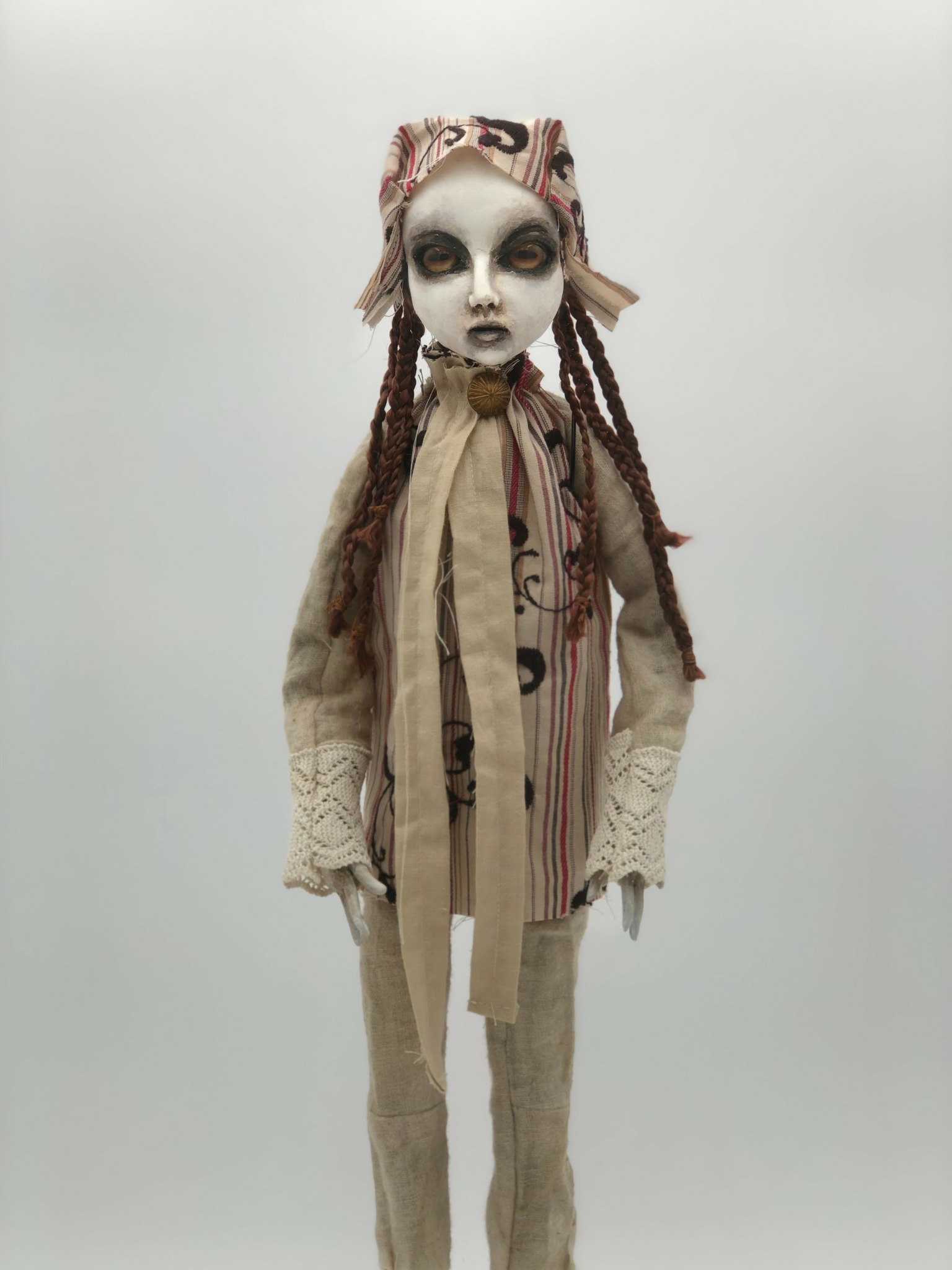
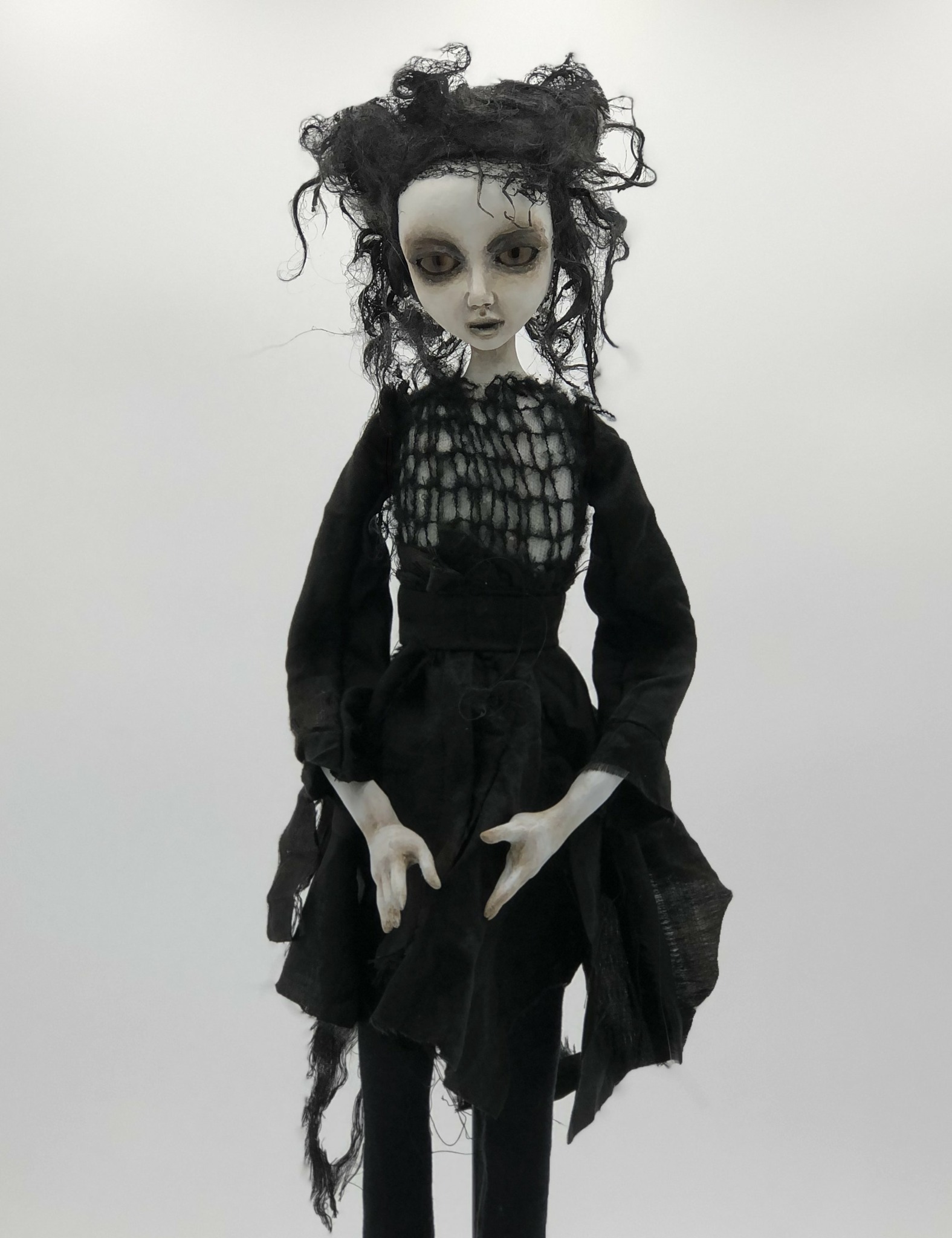
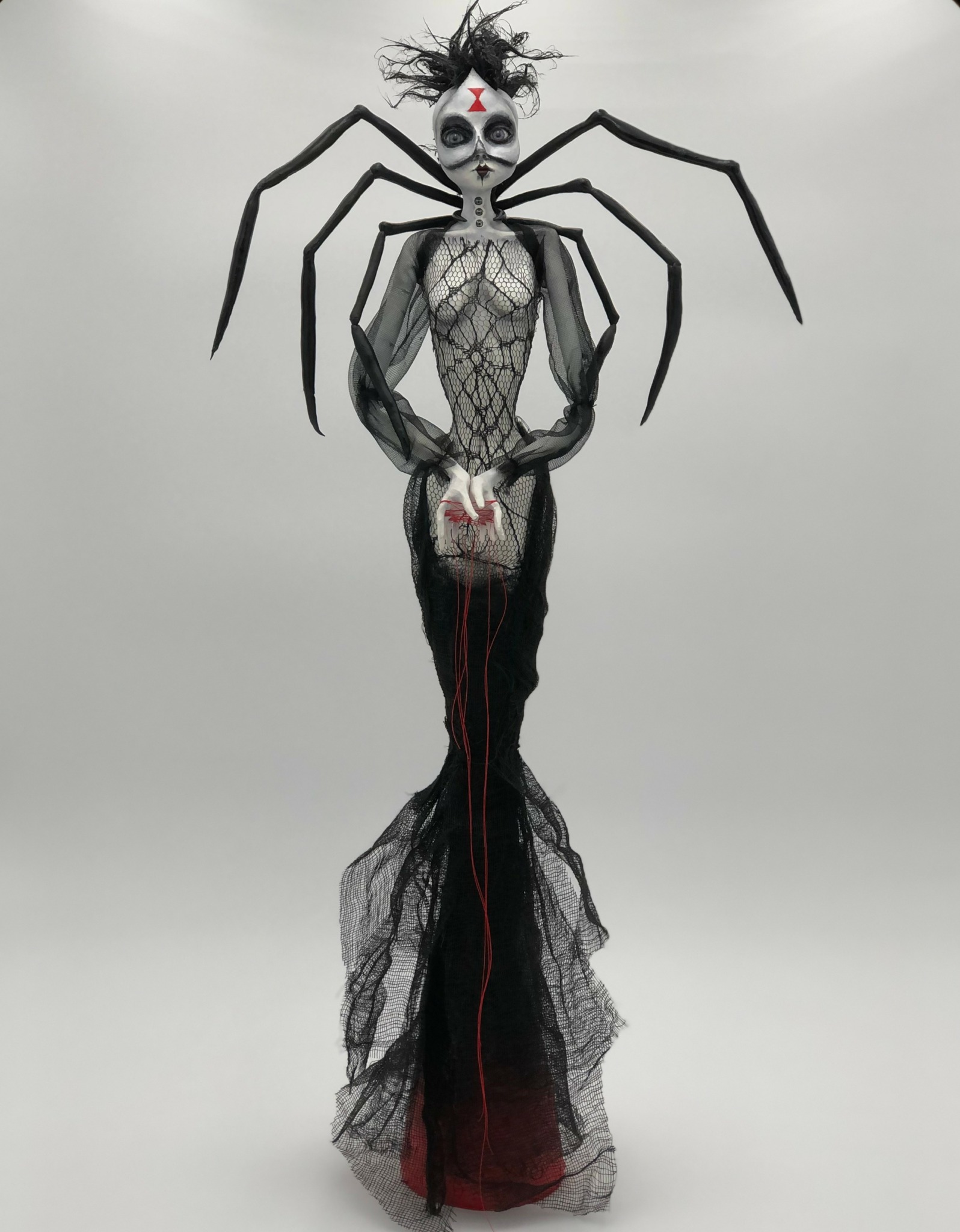
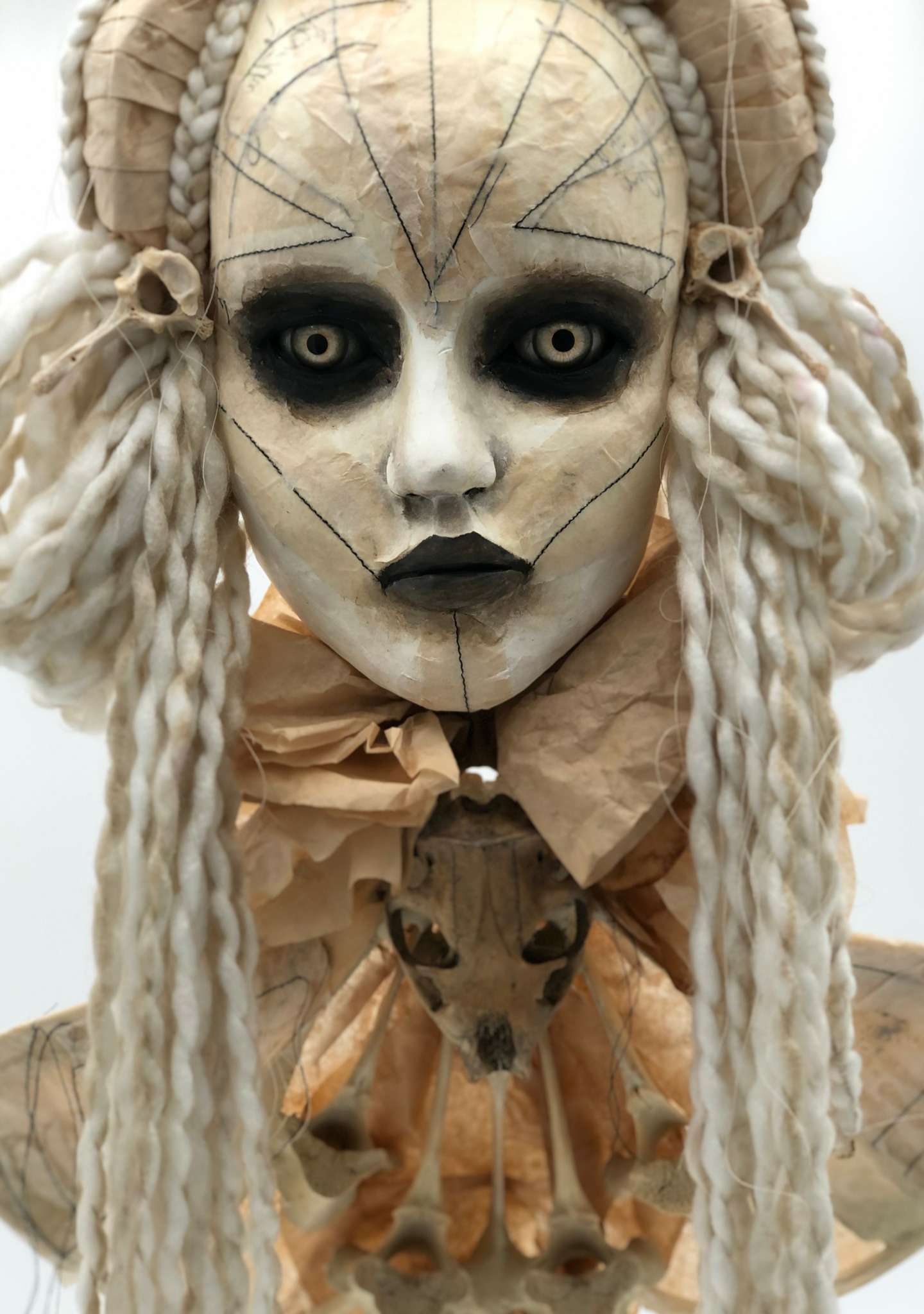
Image Credits
Photo of Beth Robinson by Matt Hogan
Photos of the dolls by Beth Robinson


